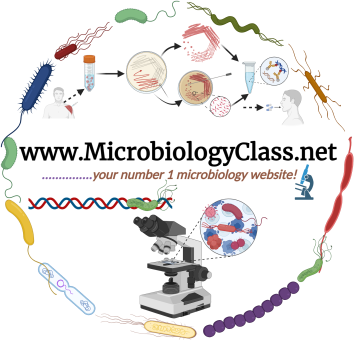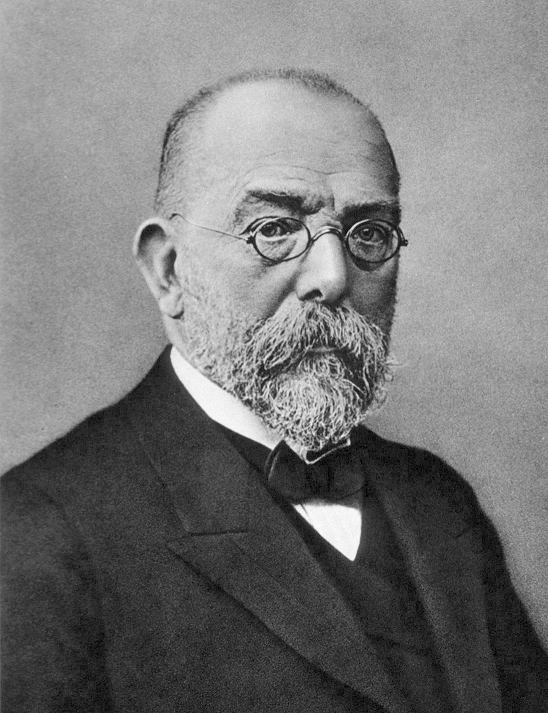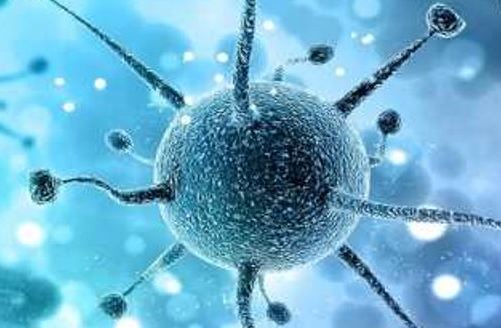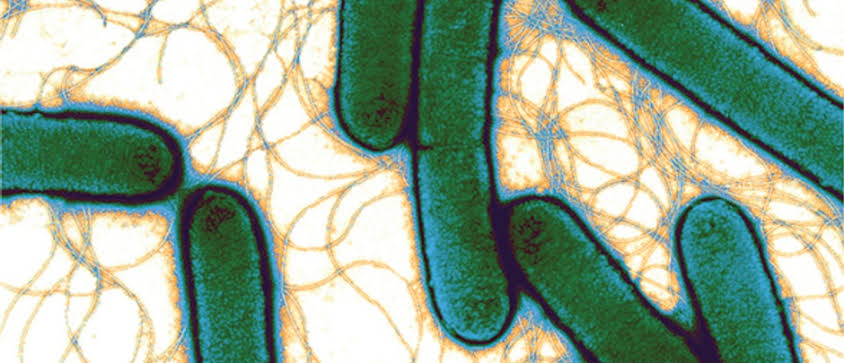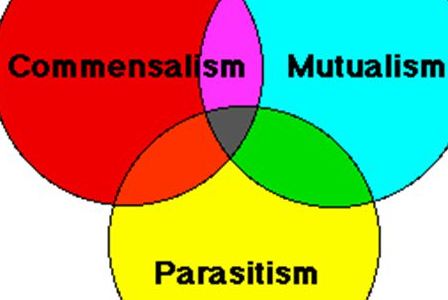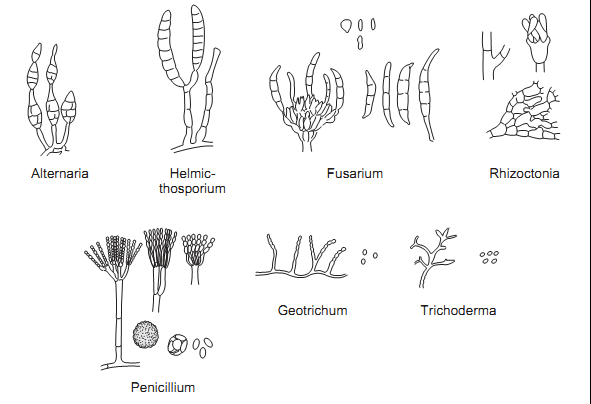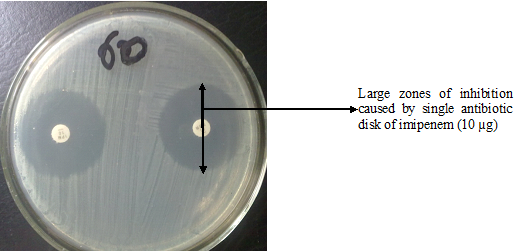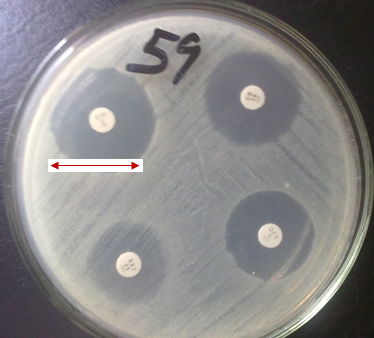JOHN NEEDHAM (1713-1781)
John Needham is the English scientist who performed experiments on spontaneous generation or abiogenesis in mutton broth and hay infusions. Needham showed that mutton broth boiled in flask and then sealed could still develop microorganisms, which supported the theory of spontaneous generation. He took hot boiling mutton gravy (meat infusion) in a flask and closed […]
JOHN NEEDHAM (1713-1781) Read More »
General Microbiology